How popular Soviet cartoons were created
Categories: Children | Cinema | History
By Pictolic https://pictolic.com/article/how-popular-soviet-cartoons-were-created.htmlAnyway, the best cartoons of Soviet childhood can be safely called the creativity of the Soyuzmultfilm studio. Over the years of its existence, it has released a huge number of cartoons for every taste, which we show to our children and do not get tired of reviewing ourselves. In addition, most cartoons contain a lot of secrets and details that are noticeable only to the most attentive. Let's get to know them.


The first film adaptation of the book about Winnie the Pooh belongs to the Walt Disney Studio: in the early 60s, several series about the funny bear and his friends were released. Before starting work on the domestic "Winnie the Pooh", Fyodor Khitruk had not seen the Disney version.
However, he wanted to move away from the images that were depicted in the book, to create his own, new and original characters. Of course, he succeeded. Everyone who has seen both the Disney and our versions, unequivocally speak in favor of the latter.

It is curious that initially Winnie-the-Pooh was very hairy, his ears looked a little "chewed", and his eyes were of different sizes. At first, the piglet turned out to look like a thick, appetizing sausage for the artists. A lot of different bears and piglets were drawn before the characters acquired the usual look.

By the way, in the second and third series, the characters 'drawings were simplified: the black "glasses" on Winnie-the-Pooh's muzzle acquired clear outlines, and Piglet's rosy cheeks began to be indicated by a single red line. While working on the cartoon about Winnie the Pooh, Fyodor Khitruk did not know about the existence of animated pictures about the funny bear of the Disney studio. Later, according to Khitruk, Disney director Wolfgang Reiterman liked his version. At the same time, since the Soviet cartoons were created without taking into account the exclusive rights to the film adaptation owned by the Disney studio, it was impossible to show them abroad.
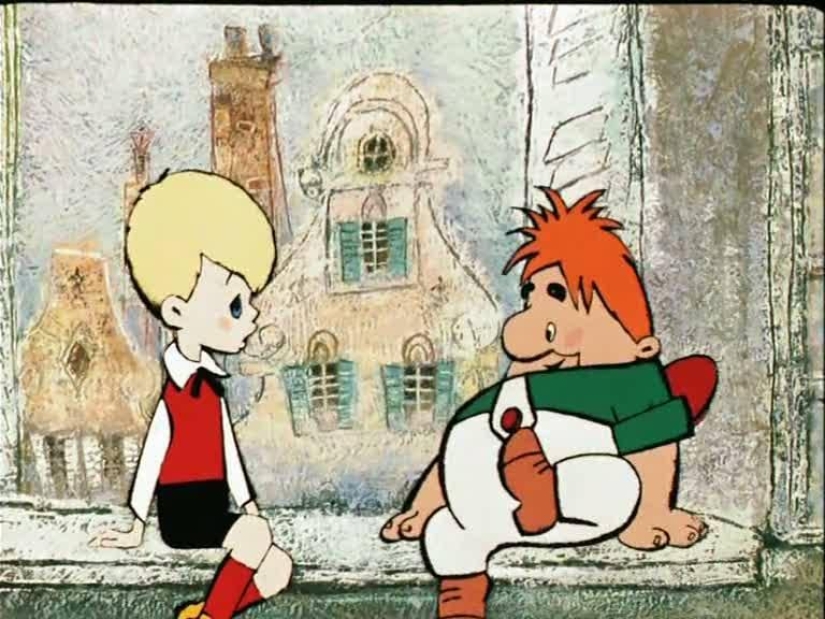
The Soviet cartoon "The Kid and Carlson" directed by Boris Stepantsev, based on the story of the Swedish writer Astrid Lindgren and released on TV screens in 1968, was enthusiastically received by both young and adult viewers.

There were two episodes about Carlson in total: "The Kid and Carlson" (1968) and "Carlson is Back" (1970). Soyuzmultfilm was going to make a third one, but this idea was never implemented. The archives of the studio still contain a film that was planned to be used for the filming of the cartoon for the third part of the trilogy about the Kid and Carlson — "Carlson is playing pranks again".
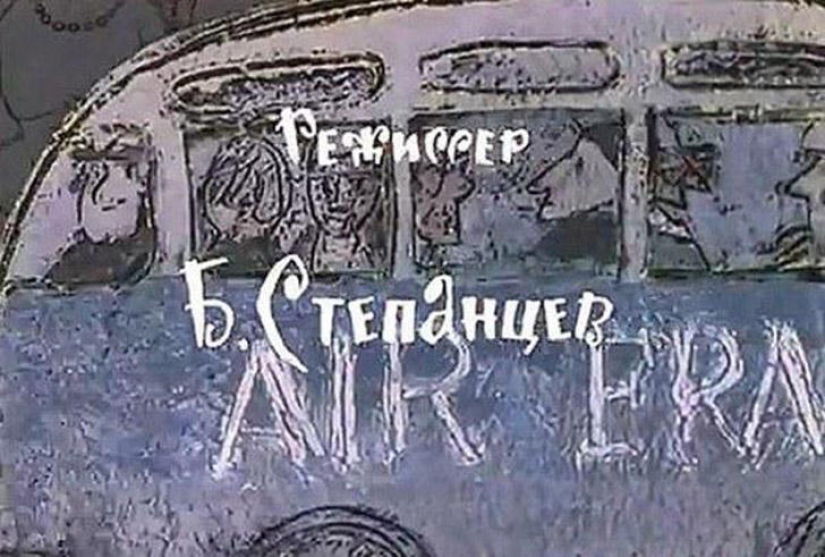
If you watch the cartoon about Carlson very carefully, you can notice the following detail: at the beginning of the cartoon, when the Baby crosses the road, an Air France advertisement is visible on a passing bus.
The detectives from the cartoon about the adventures of Funky Pig are very similar to the underwear thieves from the animated picture about Carlson. In addition, the Swedish parents of the Baby are very similar to the Soviet parents of Uncle Fyodor from Prostokvashino.
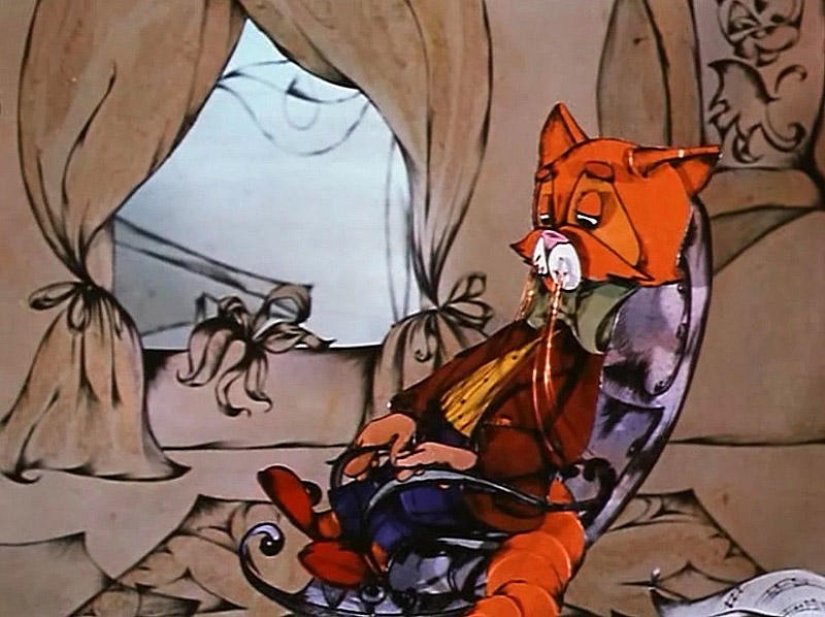
The Soviet animated series about the cat Leopold and the bully mice pestering him was filmed at the Creative association "Screen" from 1975 to 1993. At the time of the creation of the animated series, there was no art workshop yet. Therefore, the first two series ("The Revenge of Leopold the Cat" and "Leopold and the Goldfish") were not drawn, but were made by shifting techniques.

Small details of the characters and scenery were cut out of paper and shifted under glass. After each frame, the details were shifted by a tiny distance, which created the illusion of movement. Further episodes of the cartoon were implemented using hand-drawn animation.

The creators of the cartoon have been puzzling over the name of the main character for a long time. The authors really did not want to call him too simply - "ordinary" Barsik or Murzik. According to their plans, the name should sound beautiful and at the same time be easy to pronounce.
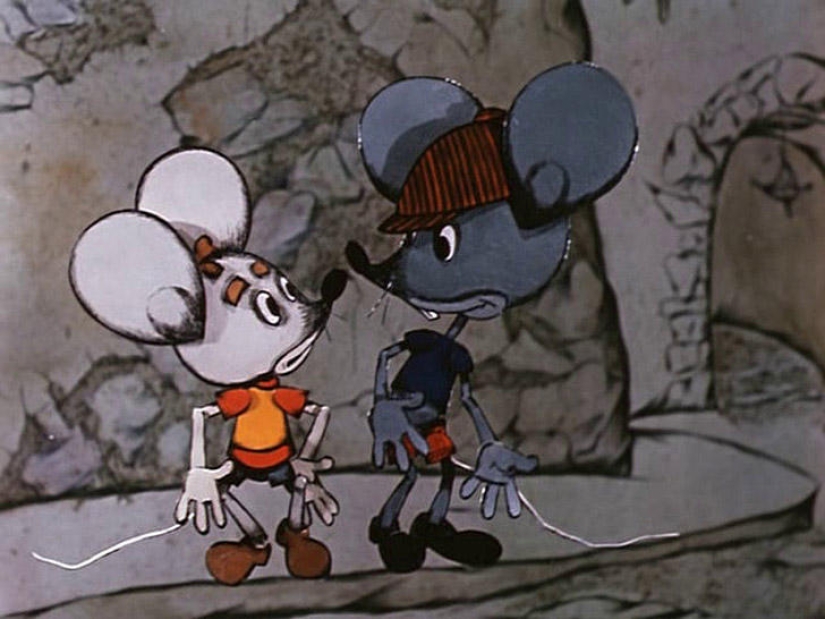
There is a version according to which the good-natured and charming cat was named by the son of the script author Arkady Hite. While working on the plot of the cartoon, the boy tried to do two things at once: follow adults and watch "The Elusive Avengers"on TV. The name of the White Guard colonel Leopold Kudasov, one of the heroes of the "Elusive", and prompted the idea to call the cat the same way. Hooligan mice are also not nameless, as many people think. A well-fed gray rodent is called Motey, and a thin white animal is called Mitey. However, in the cartoon, mice are never called by their names.

The Soviet cartoon about Cheburashka was directed by Roman Kachanov based on the book by Eduard Uspensky, more precisely, according to their joint script. And although Ouspensky wrote 8 stories about the Crocodile Gena, Cheburashka and their friends, a total of 4 series were made.

The well — known cartoon image of Cheburashka — a cute creature with huge ears, big trusting eyes and soft brown fur-was invented by the cartoonist Leonid Shvartsman. This is how he first appeared in the cartoon by Roman Kachanov "Crocodile Gene" (1969) and won the hearts of children and adults.
According to the preface to the book by Eduard Uspensky "Crocodile Gene and his Friends", Cheburashka was the name of a defective toy that was used as a child by the author of the book, depicting an unprecedented animal: either a bear cub, or a bunny with big ears.

According to the book, the author's parents claimed that Cheburashka is an unknown animal that lives in the hot tropical jungle. Therefore, in the text of the book, the heroes of which are, as the writer claims, children's toys of Uspensky himself, Cheburashka really appears before readers as an unknown tropical animal.
In an interview, Eduard Uspensky said that one day he came to visit a friend who had a little daughter. At the time of the writer's visit, the girl was trying on a fur coat that was dragging on the floor. "The girl was constantly falling, stumbling over her fur coat. And her father, after another fall, exclaimed: "Oh, she's fucked up again!" This word stuck in my memory, I asked its meaning. It turned out that "cheburakhnut" means "to fall". That's how the name of my hero appeared, " the author admitted.

The animated series "Three from Prostokvashino" based on the story of Eduard Uspensky "Uncle Fyodor, the Dog and the Cat" was directed by Vladimir Popov. In total, three series were released. Much of what is in the literary source was not included in the cartoon, but the popularity of the film adaptation several times exceeded the popularity of Ouspensky's story.

The work on the creation of screen images of the cartoon "Three from Prostokvashino" was divided between the production artists at the request of director Vladimir Popov. The image of the Jackdaw did not work out for a very long time. Therefore, everyone who entered the artists ' room at Soyuzmultfilm was asked to draw this character. The artist Leonid Shvartsman, who invented the cartoon Cheburashka, even had a hand in its creation.
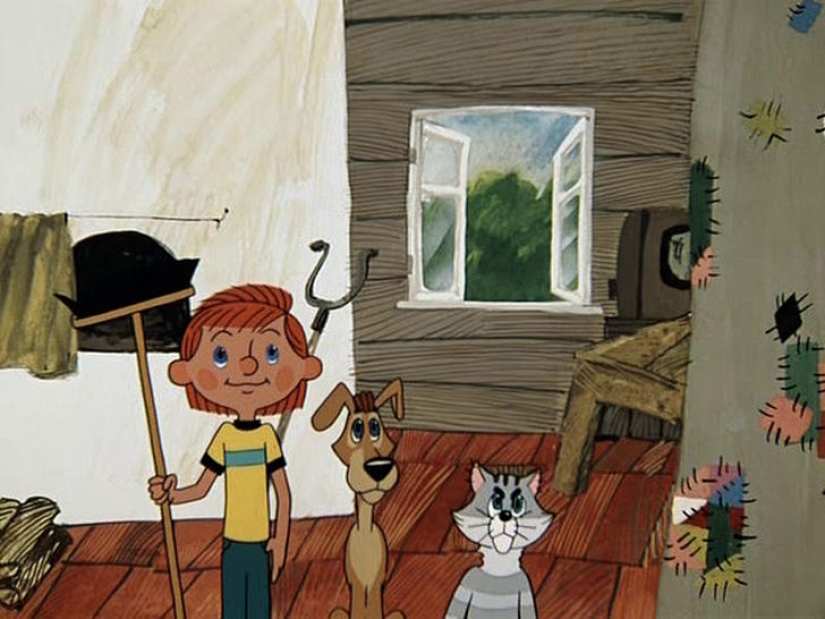
Uncle Fyodor is the only type according to which the team that worked on the creation of the cartoon "Three from Prostokvashino" did not come to a single decision. Therefore, his on-screen image varies greatly from series to series. Such an impermissible move from the point of view of Western animation in our country was perceived quite calmly.
By the way, the cat Matroskin could also be named Taraskin. The fact is that when Eduard Uspensky wrote his story, he wanted to name this character by the name of Anatoly Taraskin, an employee of the film magazine "Wick", but he did not allow using his name. However, later he regretted it and confessed to the writer: "What a fool I was! I was sorry to give my last name!"

"Well, wait!" is not just an animated series, it is a real legend, on which more than one generation has grown up. In 1969, "Well, wait!" was a state order. The officials decided to give our answer to Disney cartoons and allocated a fairly serious budget. The requirements of the customers were limited to a request to do something funny.
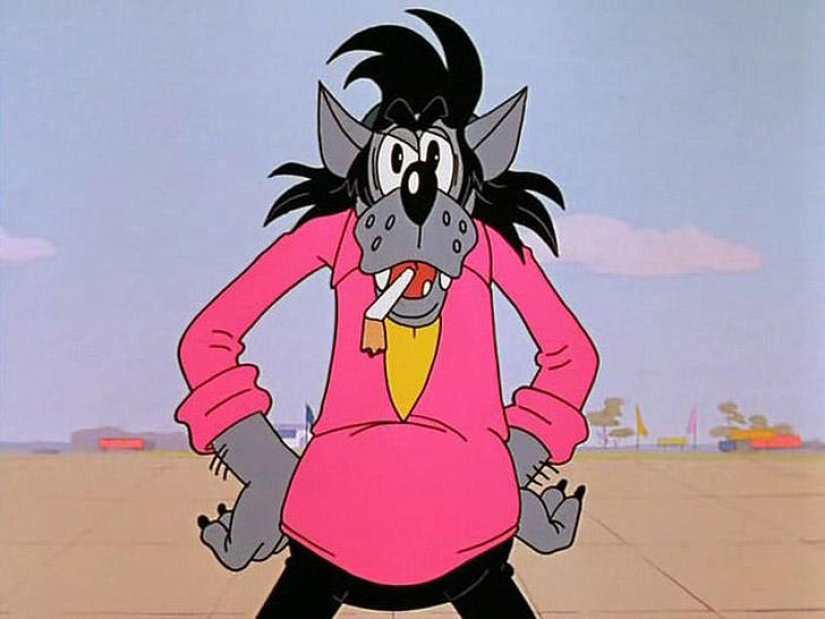
With this request, the management of Soyuzmultfilm turned to the famous comedians Alexander Kurlandsky, Arkady Hite, Felix Kamov and Eduard Uspensky.
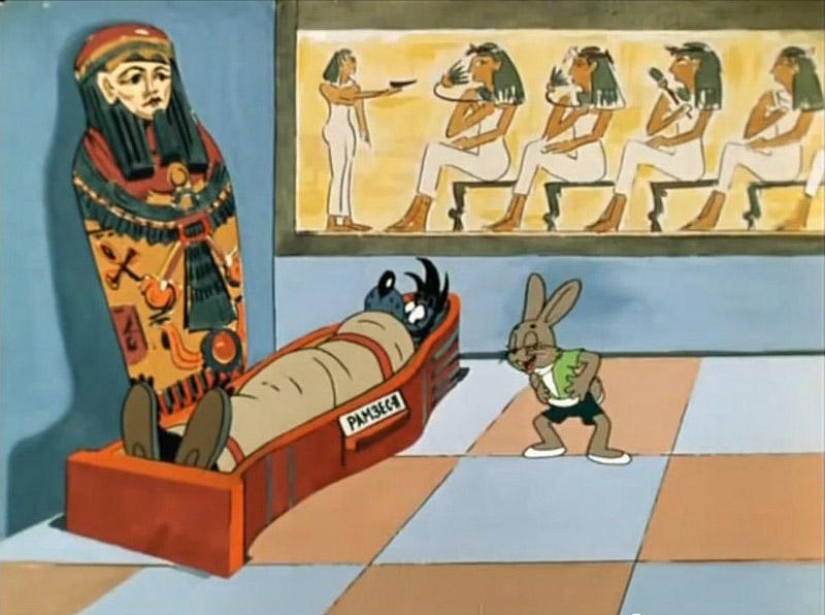
A lot of controversy arose among the creators of the cartoon about the 12th series of the famous cartoon, when the Wolf is in the sarcophagus of Pharaoh Ramses. It was even assumed that the Egyptian government could protest in this regard. But everything went well.
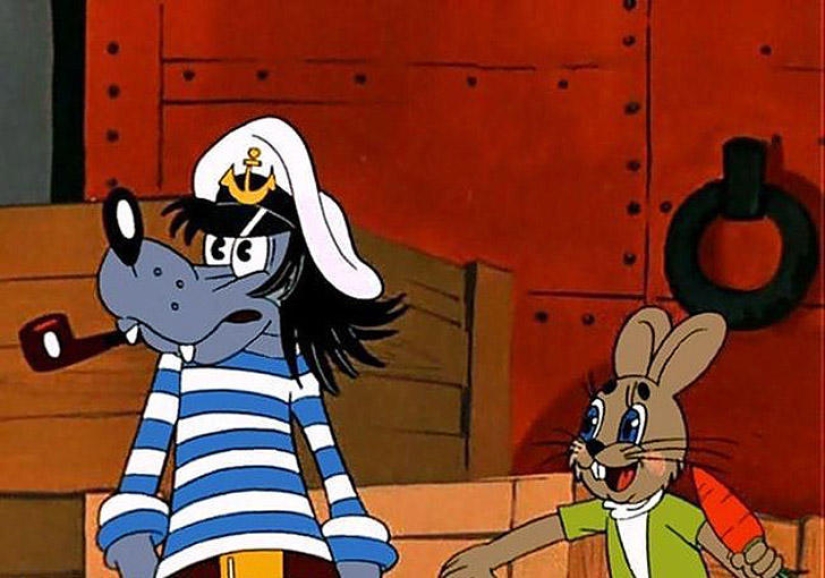
In the animated series "Well, wait!" there is an amazing musical selection, which uses popular recordings of Western and Soviet pop music. But they were never specified in the output of the cartoon. Then it was not accepted.
The music that sounds during the credits-the screensaver "Well, wait!" - is called Vizisi ("Water skiing") and was published on the collection of Hungarian pop music by the company "Melody" in 1967. Its author is a Hungarian composer named Tomas Deak (Tamás Deák).

As the composer Grigory Gladkov mentioned during his performance in the humorous program "Around Laughter", the cartoon "Last year's Snow was falling" had the original working title "Christmas trees, thick forest", and the main character in it was a janitor from "Plasticine Crow". Then the visual concept of the main character was finalized, however, as well as the name of the picture.

The role of the narrator in the cartoon "Last year's Snow Fell" was originally planned to be given to Lia Akhedzhakova. She even voiced the cartoon, but the director Alexander Tatarsky did not like it. As a result, both roles — both the peasant and the storyteller — were given to Stanislav Sadalsky.
Sadalsky, who voiced the roles of the peasant and the narrator in the cartoon "Last year's Snow Fell", was not listed in the credits. Shortly before the delivery of the cartoon, the actor was detained in the restaurant of the Cosmos hotel with a foreign citizen, after which a denunciation was made to the chairman of the State Television and Radio Station S. G. Lapin. As a punishment for communicating with foreigners, it was decided to remove the actor's name from the credits.
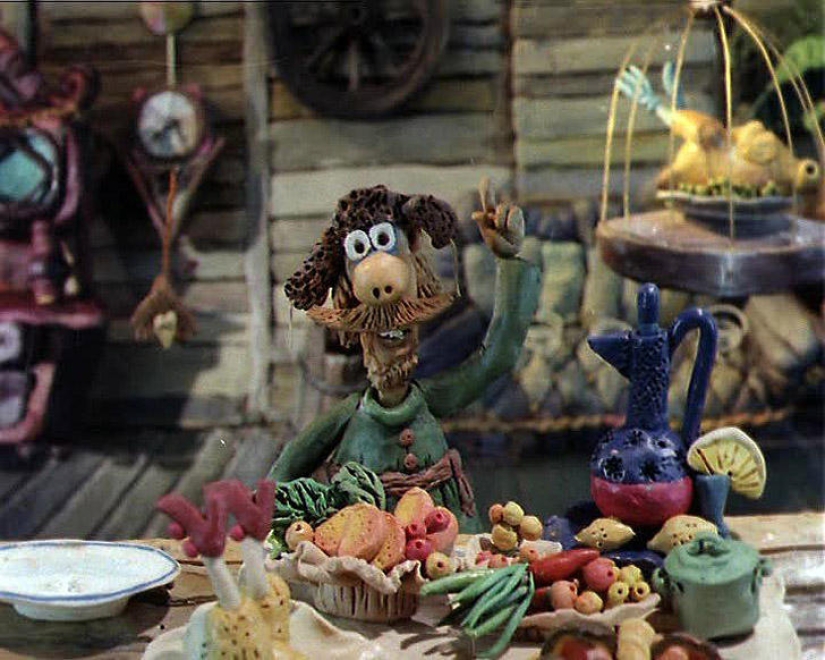
The cartoon "Last year's snow fell" did not manage to avoid the close attention of censorship. "At the delivery of" Snow "I had a pre — infarction condition," recalled the director of the cartoon Alexander Tatarsky. Russian russians told me that I was disrespectful to a Russian person: you have only one hero — a Russian peasant, and that idiot!.."
Keywords: History | Shooting | Ussr | Children | Cinema | Cartoon | Cartoons | Soviet cinema | Creation | Eduard uspensky
Post News ArticleRecent articles

Most of us loved as kids magic tricks, but someone loves them right now. However, the attitude to the hoax became a few others ...

Everything is changing. This is well and has long been known to everyone. But when something stays with you for a long time, it is ...
Related articles

Compared to the 1970-ies 1980‑e years were a time of cautious optimism in new York. Boom on wall street fueled the speculative ...

Beloved by many, actor Mikhail Boyarsky has always been distinguished not only by his cheerful disposition and desperate, sometimes ...

Drifts of snow, frost and sun, winter fun — c Soviet time, little has changed for this time of year. Feel the true atmosphere ...

Compared to the 1970-ies 1980‑e years were a time of cautious optimism in new York. Boom on wall street fueled the speculative ...